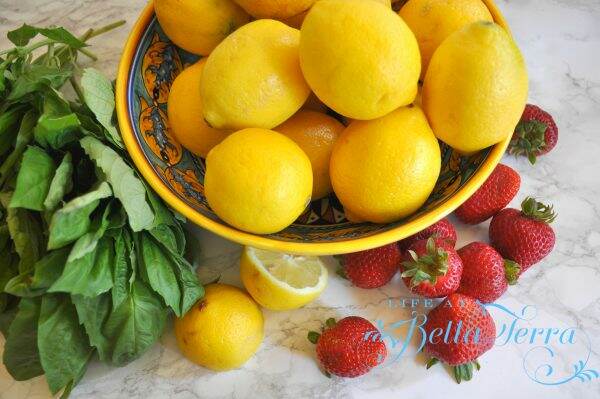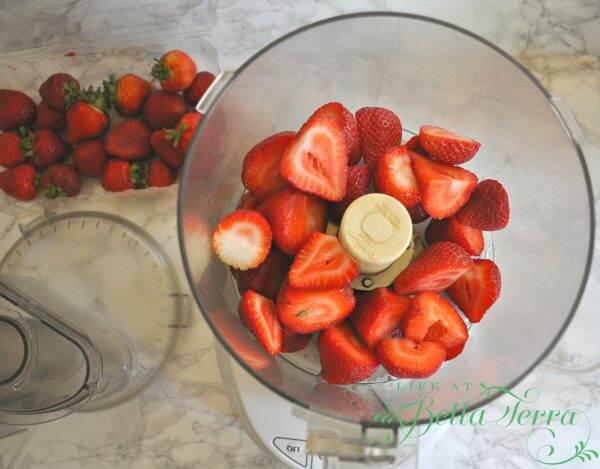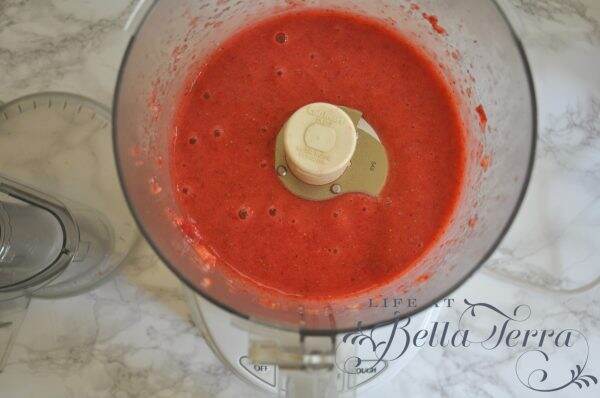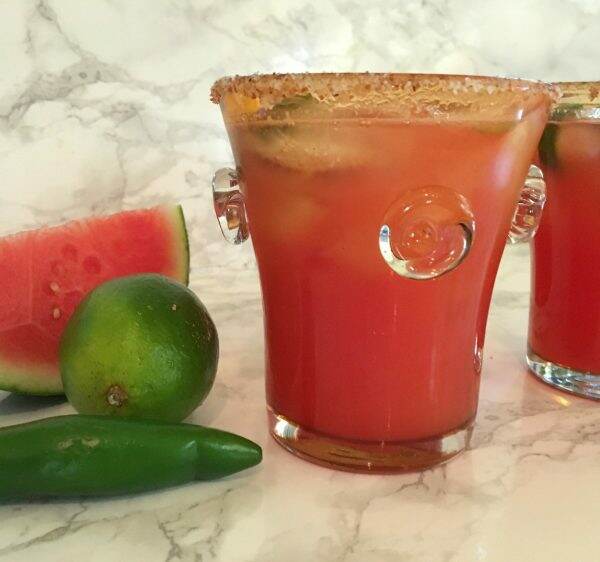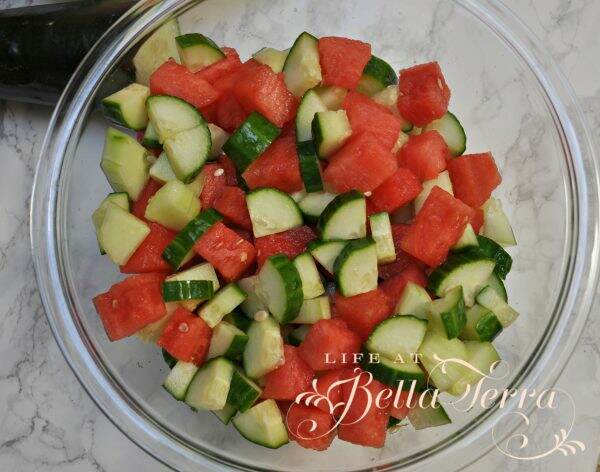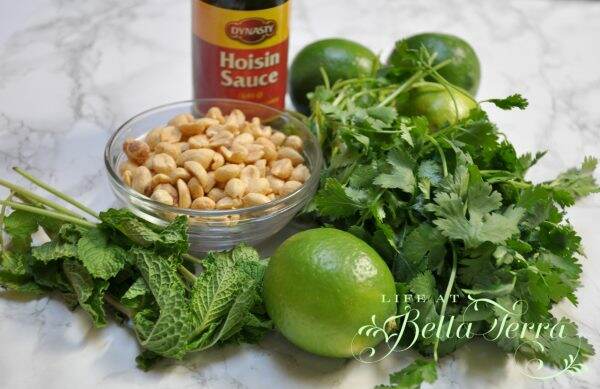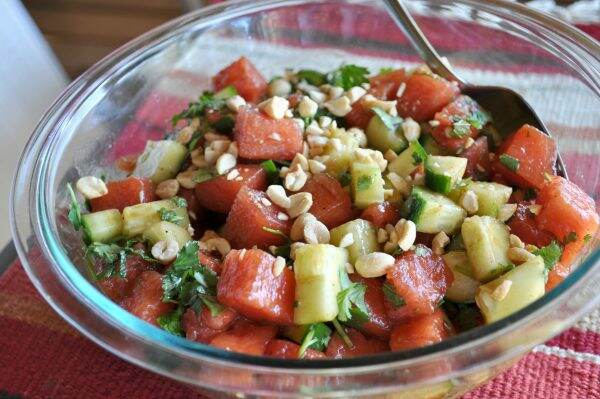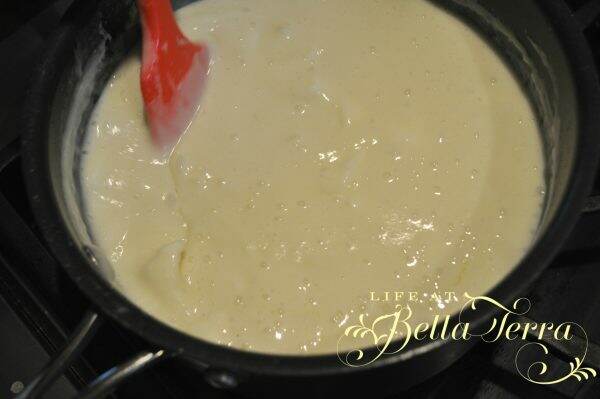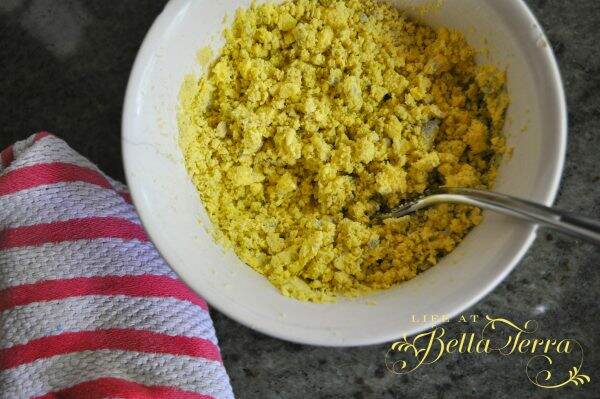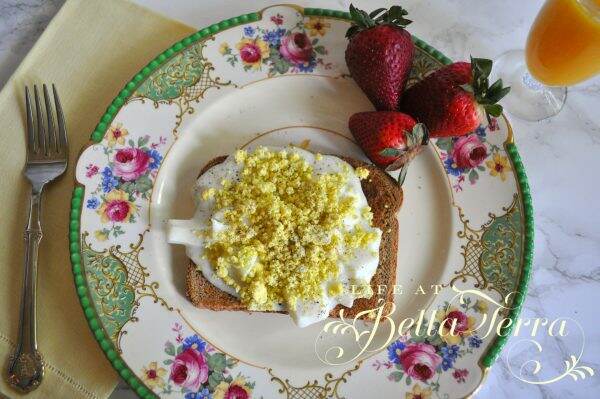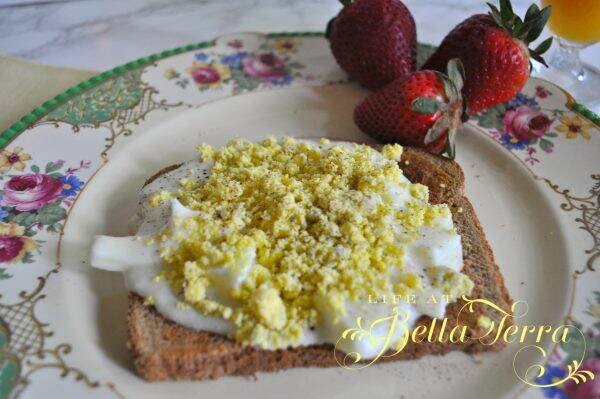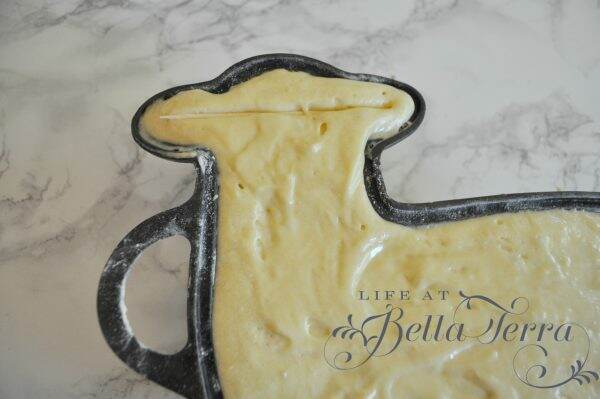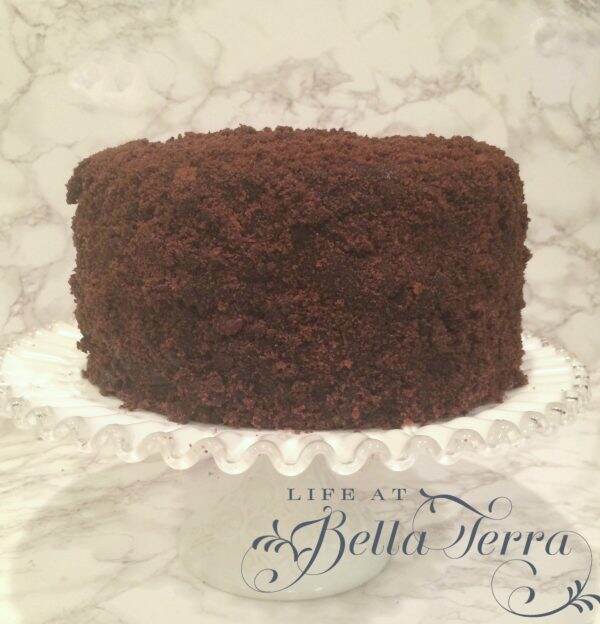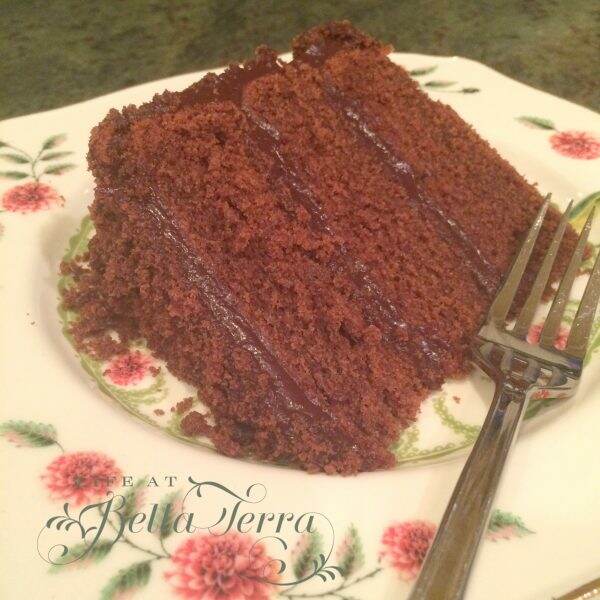A wonderful 4th of July!
We had a WONDERFUL day celebrating the 241st anniversary of the independence of America! The Annual Bull Frog Loop parade (Bull Frog Loop is the name of our street) goes by our cabin. It’s the perfect time to host a brunch for our neighbors and friends before the parade.

Here in the mountains, everyone decorates their cabins for the holiday so there is an abundance of flags and patriotic symbols. This year we added more red/white/blue flag bunting to the deck railings. I purchased this homemade wooden flag from a sweet dad and his two sons who were selling them on the side of the road.

For brunch, I made my egg casserole and fresh cherry coffee cake, (both recipes I have shared on previous posts). We also made my new favorite go-to salad, Orange, Strawberry, Avocado with Citrus Poppyseed dressing (by one of my favorite bloggers, Monique at Ambitious Kitchen). We rounded off the menu with fresh berries, Mimosas and a special cake for dessert.
I found these red/white/blue roses at Safeway~~I thought they would make a nice centerpiece on the table. The girls laughed at me but I bought them anyway! The older I get, the more they laugh at me….go figure.

Our cabin is at approximately 8,000 feet altitude so it’s a bit of a challenge to bake here. The girls and I decided at the last minute to make an American Flag Cake. I saw a post about the Top 30 July 4th desserts published by Country Living and this one looked interesting. Baking at this altitude requires a bit of science and a lot of chemistry.

My daughter, Elisabeth, added the raspberries and blueberries on top of the delicious buttercream frosting. There were lots of oohs and ahhs when we cut into the cake. Isn’t it amazing? Surprisingly, with the high altitude adjustments, the cake was moist and all 8 layers worked out to really look like a flag!


We set up a self-serve buffet and then went outside and waited for the parade. This sweet homespun parade was started by Susan Palmer-Hunter. Years ago, Susan was so surprised that there was no July 4th parade here. So, with determination she started one. Susan and her husband host this parade every year. The much-anticipated parade has now grown and several hundred residents get to enjoy (and participate, if they like), in this very fun, patriotic event. From decorated golf carts to bikes and floats, this parade represents the best of America. Here’s a glimpse:


Not only did this family participate in the parade, but they made cupcakes for all!

What a fun play on Red Cups!


And here is my good friend, Tracy, as Miss Bingo!

This parade, and all the red, white and blue, is such a reminder how lucky we are to live in this country! Thank you, Susan for making this parade possible and gathering our community to celebrate Independence Day.
Also, we want to send our thoughts and prayers to those fire fighters who are working this holiday to manage the forest fires in Arizona. We are so grateful for their service. The fire danger is very high here and we pray for the monsoon season rains.
I hope you had a memorable holiday with your family and friends. Happy July 4th!
![]()



